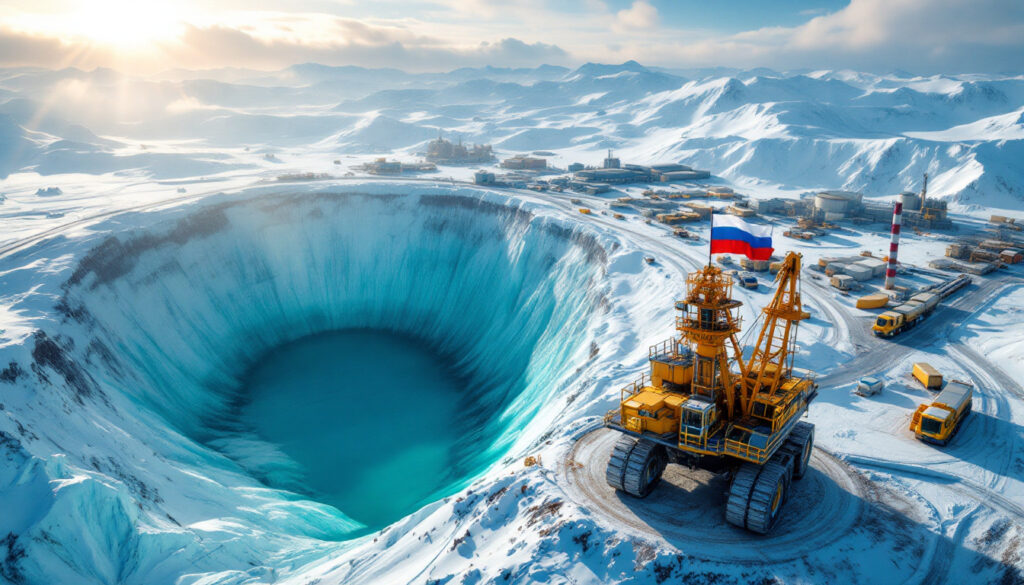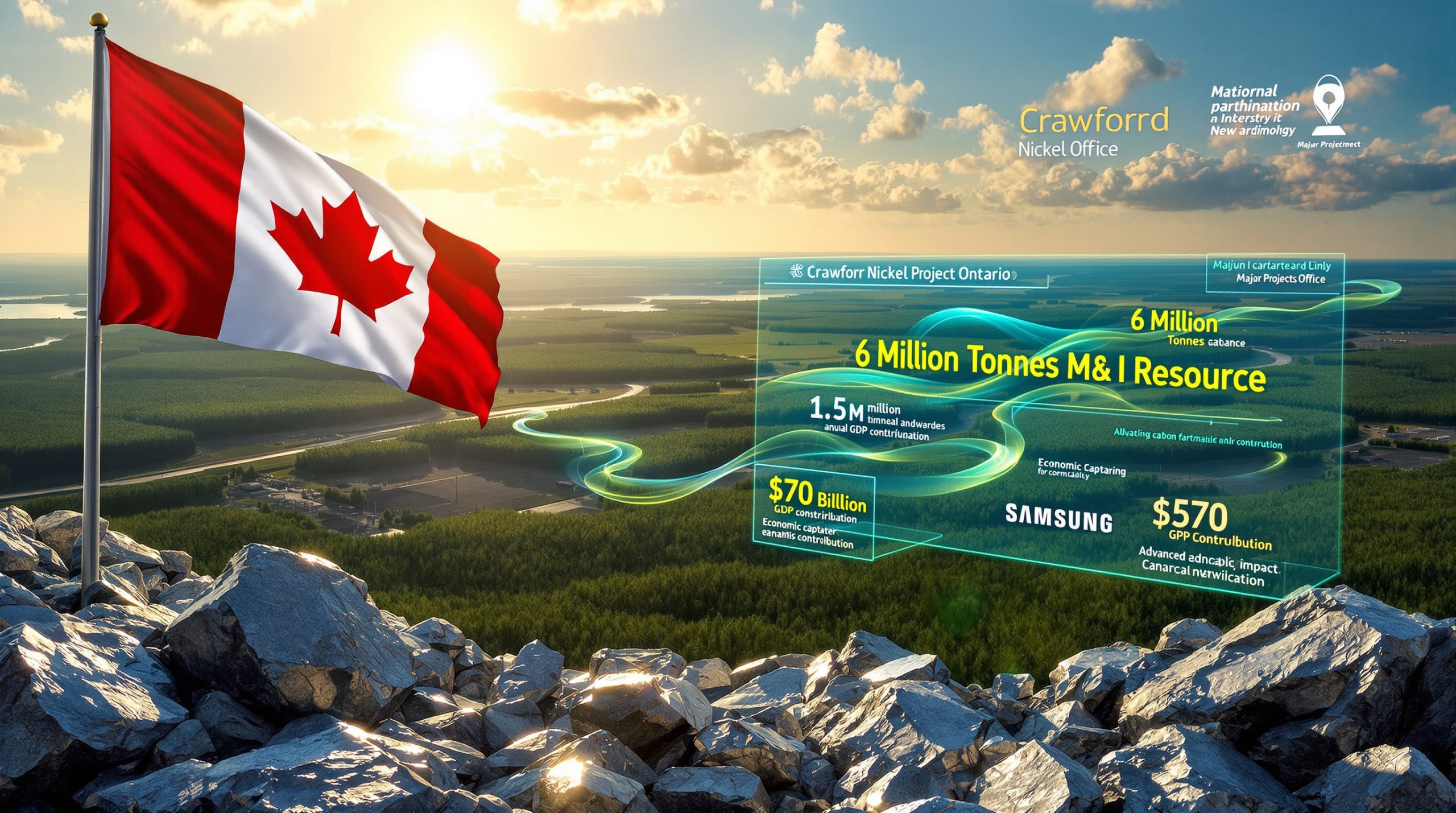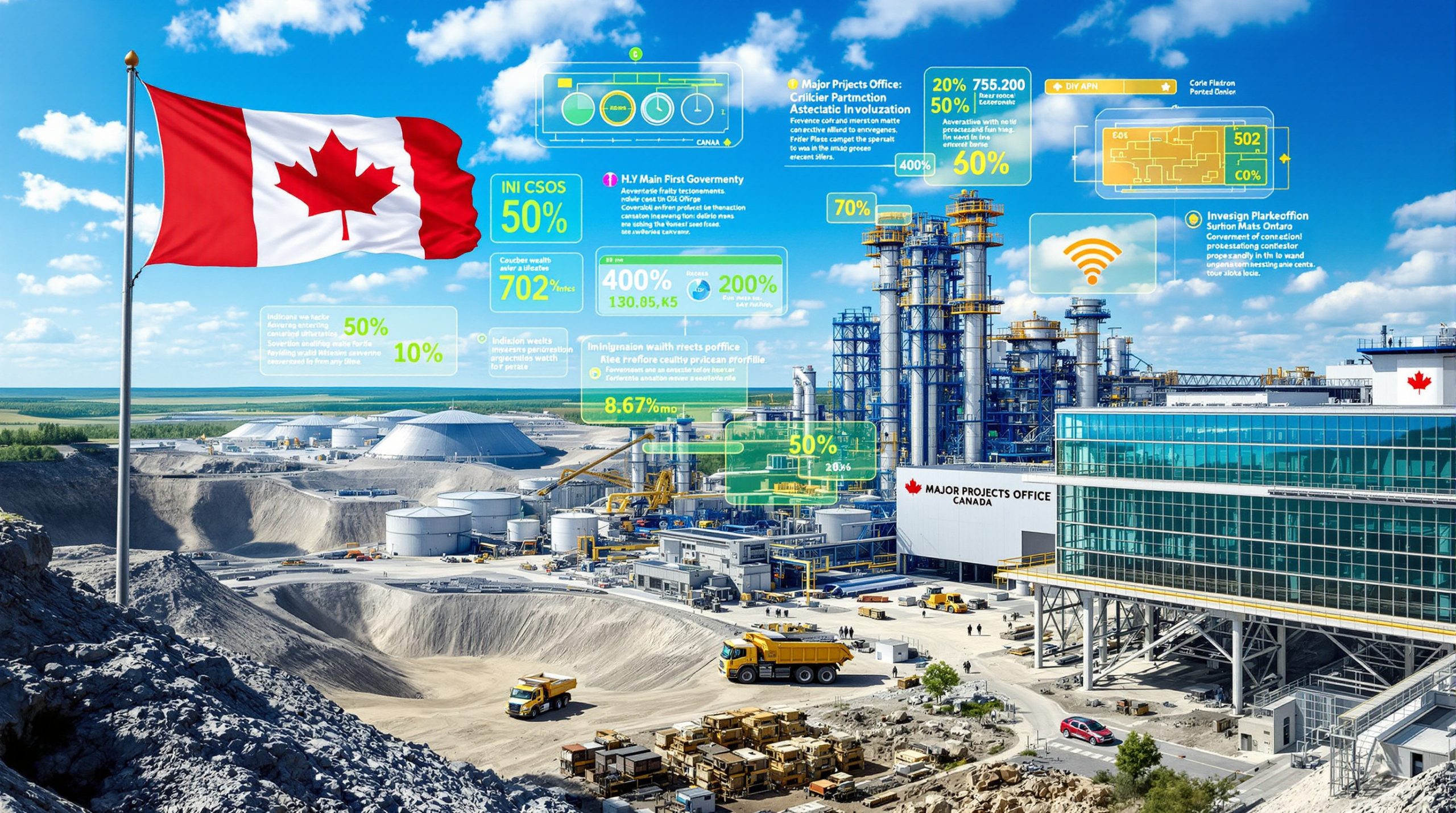Russia's $13.4 Billion Investment in Baimskaya Copper Mine: Strategic Impact and Economic Benefits
Russia's recent $13.4 billion investment in the Baimskaya copper mine represents a transformative initiative for its Arctic economic strategy and global mineral market positioning. Located in the Chukotka Autonomous Region, the project aims to boost Russia's copper production by 25% and gold output by 4%, while generating over Rbs3 trillion in tax revenue. By integrating advanced infrastructure—including a 70 million-tonne annual processing plant and a 428km road network—the mine will enhance cargo traffic along the Northern Sea Route (NSR) by 2 million tonnes annually. This investment underscores Russia's pivot toward Asian markets amid Western sanctions and aligns with President Vladimir Putin's designation of the Arctic as a strategic economic zone. The project is expected to create 6,000 regional jobs and establish Chukotka as a critical hub for mineral exports, solidifying Russia's role in global market insights.
What is the Baimskaya Copper Mine Project?
The Baimskaya copper mine is a large-scale industrial complex in Russia's Far East, situated in the resource-rich Chukotka region. Nearly half of Chukotka's territory lies above the Arctic Circle, positioning the project within Russia's broader Arctic development framework. The mine's infrastructure includes a port facility and year-round road access, enabling continuous exports despite extreme climatic conditions.
Key Components of the Baimskaya Project
The project encompasses a copper-gold deposit, a processing plant with a 70 million-tonne annual ore capacity, and transportation networks critical for Arctic logistics. The 428km road will connect the mine to the NSR, facilitating access to Asian markets via the Arctic Ocean. These components are designed to operate synergistically, ensuring efficient extraction, processing, and export of resources.
Production Capacity and Mineral Output
During its first decade, Baimskaya is projected to produce an average of 300,000 tonnes of copper annually, contributing significantly to Russia's domestic supply and global exports. Concurrently, the mine will yield substantial gold volumes, elevating Russia's gold production by 4%. This output aligns with the nation's goals to reduce reliance on mineral imports and strengthen domestic manufacturing sectors, particularly for high-capacity electric batteries and copper clean energy technologies.
How Much is Russia Investing in the Baimskaya Copper Mine?
Russia's Rbs1.1 trillion ($13.4 billion) commitment to Baimskaya reflects one of its largest mining investments to date. State-owned VEB Bank is the primary financier, underscoring the project's strategic importance to national economic priorities.
Investment Details and Funding Structure
VEB's funding supports not only mine development but also ancillary infrastructure, such as the port and road networks. This investment is part of Russia's Arctic-focused Social and Economic Development Strategy for the Far East and Baikal Region (2025) and the Chukotka Autonomous Region's 2030 plan. By prioritizing infrastructure in remote areas, Russia aims to stimulate economic activity in underserved regions while securing mineral resources for future industries.
Economic Return Projections
The project is expected to generate Rbs3 trillion in tax revenue, bolstering federal and regional budgets. Additionally, the creation of 6,000 jobs will address local unemployment and attract skilled labor to Chukotka, contributing to long-term GDP growth. Georgy Fotin, General Director of Baimskaya Management Company, emphasized that the project transcends mining: it establishes a "technologically advanced industrial complex" to position Russia as a leader in Arctic development.
Why is the Baimskaya Project Strategically Important for Russia?
Baimskaya is central to Russia's Arctic ambitions, which aim to capitalize on melting ice caps to expand the NSR's viability as a global trade corridor. By 2030, the route is expected to handle 80 million tonnes of cargo annually, with Baimskaya accounting for 2.5% of this volume.
Arctic Development Strategy
President Putin has repeatedly identified the Arctic as a priority for economic expansion, citing its untapped mineral wealth and strategic location. The NSR's shorter shipping routes to Asia reduce dependency on Western-controlled corridors like the Suez Canal, enhancing Russia's geopolitical investor strategies. Baimskaya's infrastructure investments—such as the port and road—are engineered to withstand Arctic conditions, ensuring year-round operability.
Regional Development Impact
Chukotka's development plans through 2030 prioritize industrial growth to mitigate population decline and stimulate investment. The mine's job creation and tax contributions will fund local infrastructure, healthcare, and education, addressing systemic challenges in remote Arctic communities. Furthermore, the project integrates environmental and social governance (ESG) principles, though specific measures remain undisclosed.
Global Market Positioning
With the mine operational, Russia will join the top five global copper producers, challenging Chile and Peru's dominance. The NSR's expansion also opens new trade avenues with China, Japan, and South Korea, diversifying Russia's export portfolio amid Western sanctions. Fotin notes that Baimskaya will become a "new point of growth" in the Arctic, reinforcing Russia's influence over critical mineral supply chains.
How Does Baimskaya Fit into Russia's Broader Resource Strategy?
Russia's mineral strategy emphasizes self-sufficiency, particularly in lithium and rare earth elements essential for electric vehicles (EVs) and renewable technologies. Baimskaya complements plans to produce 60,000 tonnes of lithium carbonate by 2030, reducing reliance on imports from China and Australia's lithium prospects.
Mineral Resource Development Initiatives
The mine's copper output will feed domestic EV battery production, aligning with global decarbonization trends. By securing mineral supply chains, Russia aims to offset revenue losses from oil and gas exports, which face growing competition from renewables.
Infrastructure Integration
Baimskaya's infrastructure synergizes with other Arctic projects, such as the Yamal LNG plant and Vostok Oil, to create a cohesive industrial network. The NSR's development is critical for transporting resources to Asia, where demand for copper and lithium is projected to surge alongside EV adoption. For investors interested in this sector, a comprehensive mining stocks guide can provide valuable insights.
Conclusion
Russia invests in Baimskaya copper mine as part of its strategic pivot toward Arctic resource exploitation and Asian market integration. By bolstering copper production, creating jobs, and enhancing NSR traffic, the project strengthens Russia's geopolitical and economic resilience. However, challenges such as environmental management and technological adaptation to Arctic conditions remain critical to its long-term success. Future developments should prioritize transparent ESG frameworks and international partnerships to mitigate sanctions-related risks.
Citations
[1] Mining Technology, "Russia Invests $13.4BN in Baimskaya Copper Mine," April 21, 2025.
Looking for an Edge in ASX Mining Investments?
Stay ahead in the mining sector by receiving real-time alerts on significant mineral discoveries with Discovery Alert's proprietary Discovery IQ model, transforming complex mining data into actionable investment opportunities. Explore how major mineral discoveries can lead to substantial returns by visiting the Discovery Alert discoveries page and begin your 30-day free trial today.




